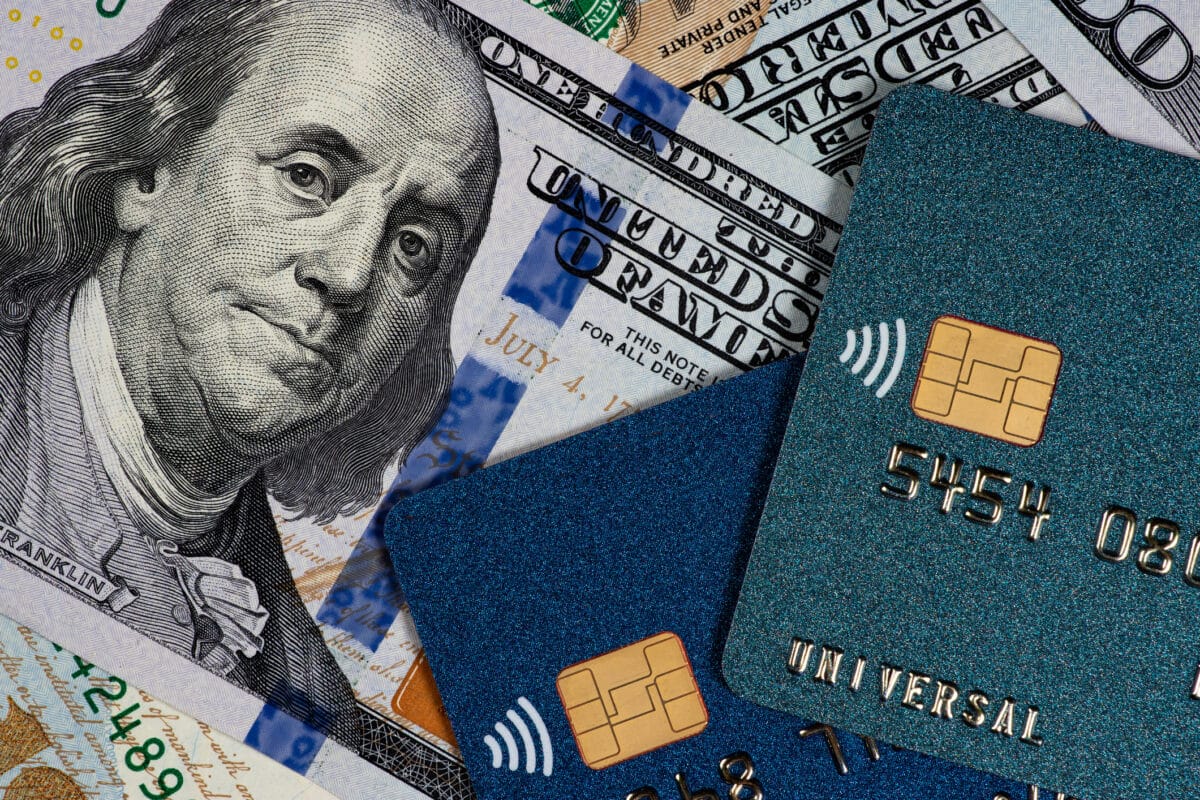For Americans who lacked savings prior to the pandemic, financial stress is rising. A combination of inflation, increased interest rates, and the end of pandemic-tied relief, such as the moratorium on student loan payments, has led to record credit card debt, experts say.
In the fourth quarter of 2023, Americans held $1.13 trillion on their credit cards, and aggregate household debt balances increased by $212 billion, a 1.2% rise, according to the latest data from the New York Federal Reserve.
Delinquencies are also on the rise. As of December, 3.1% of outstanding debt was in some stage of delinquency, up by 0.1 percentage point from the third quarter. The New York Fed’s report found that 6.4% of credit card debt was delinquent by 90 days or more, up from 4% in the last quarter of 2022.
“Credit card and auto loan transitions into delinquency are still rising above pre-pandemic levels,” said Wilbert van der Klaauw, economic research advisor at the New York Fed. “This signals increased financial stress, especially among younger and lower-income households.”
The average interest rate on a given credit card is now roughly 21.5%, the highest it’s been since the Federal Reserve started tracking rates in 1994.
Silvio Tavares, president and CEO of VantageScore, one of the country’s two major credit scoring systems, said, “the reality is that there are starting to be some significant signs of stress,” despite consumers generally being in good financial health.
If you’re facing increased credit card debt, while feeling the ongoing effects of inflation, here’s what to consider:
ASK FOR A RATE CUT
One of the first things you should do is ask your credit card company to lower your rates.
While the Federal Reserve signaled Wednesday that its first interest rate cut is likely months away, the average credit card interest rate is already far and away higher than the rate set by the Fed. Most companies offer promotional rates and ways to move your…
Read the full article here

Leave a Reply